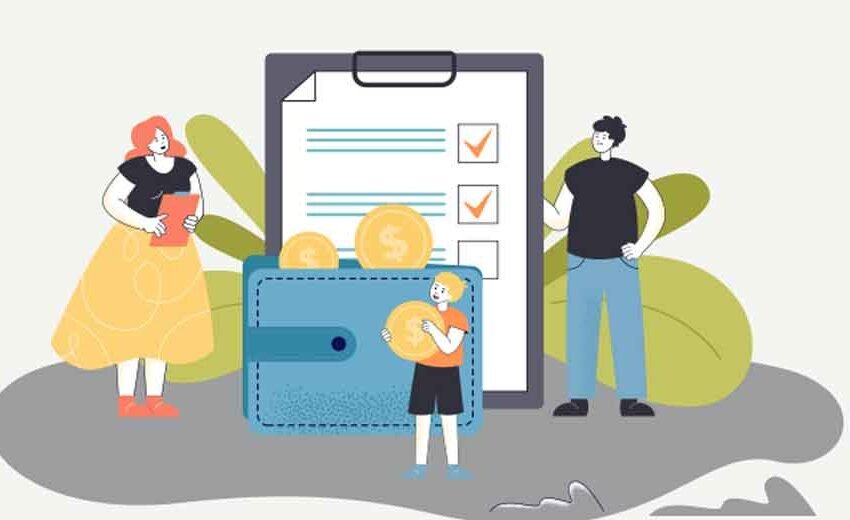Setting Your Kids Up for Financial Success (Without Making It Awkward or Overwhelming)

Let’s be real: Money lessons weren’t exactly part of the bedtime story lineup for most of us. If you grew up like I did, maybe you learned about savings the hard way—by running out of allowance the day after you got it. But now that you’ve got kids of your own, you might want to do things a little differently. And you can! With a little patience, a few stories from your own stumble-filled financial journey, and some surprisingly simple routines, you can help them avoid a lot of aches and headaches down the road.
Start with the Basics, Even If They Seem…Well, Basic
Even little kids can grasp the idea of money coming in and money going out. If you haven’t tried handing them a few bucks and letting them pay the cashier, do it sometime. Watch their faces light up when the coins change hands; it’s like magic. The trick is to let them practice with real (but small) amounts. They’ll make mistakes, sure, but better a $3 “oops” than a $300 one later.
As your kids get bigger, so do the lessons. Tell them about how you save for things you want versus stuff you just kind of want right now. Show them an actual piggy bank or even a clear jar so they can see money grow—or shrink.
Growing Up, Growing Lessons
You know your kid best. Some kids love charts. Others would rather lose another tooth than talk about numbers. I’ve found that just having quick, honest chats at the grocery store can be gold. “Should we buy these cookies now, or save for ice cream next week?” Sounds simple, but it gets them thinking long-term, even if it’s just about dessert.
When your kids get their first “real” money—maybe from babysitting, mowing lawns, or birthday gifts—help them open a basic savings account. Let them see those little deposits pile up, and talk about how banks actually work. If you’re feeling brave, you can explain interest. Keep it light and positive; you don’t want them panicking about bills before they’ve even had their first sleepover.
The Power of Earning, Saving, and Even Messing Up
Honestly, the best way for kids to understand money is to have some ownership over it. That means earning a little, spending a little, and, yes, sometimes regretting those choices. And it’s so tempting to step in and micromanage, but letting them learn gently now saves bigger mistakes later.
If your kid wants to buy something kinda goofy with their own cash, let them. Maybe they buy a really obnoxious hat and never wear it again. That’s a lesson you can’t stick a price tag on. Jump in and help them talk through bigger purchases or goals, and if they seem stuck or frustrated, lead with curiosity, not shame.
Building Good Habits Early Pays Off for Everyone
Help your kids split money into simple categories: spending, saving, and giving. This doesn’t require a spreadsheet—they can use envelopes, boxes, whatever works. The key is making it a regular part of their lives, not just something you talk about once a year.
You might be thinking about bigger stuff too—college savings, or even teaching them about investing. There’s no need to go wild, but introducing ideas early makes them less scary later. When in doubt, you can always check in with a financial consultant for a little extra guidance, especially if you’re planning for college or want to tackle trickier topics.
Why This Matters (And Where to Get More Help)
Kids remember what you do way more than what you say. When you model budgeting, talk openly (but not stressfully!) about money, and celebrate their wins, it really does set them up to take on the world. That’s a gift they’ll thank you for—eventually, even if you have to wait until they’re past their eye-rolling phase.
Raising money-smart kids isn’t about perfection. It’s about honest conversations, a little practice, a lot of laughter, and knowing that every small step really does add up. That’s how real financial confidence gets built—one story, one lesson, one quarter at a time.





